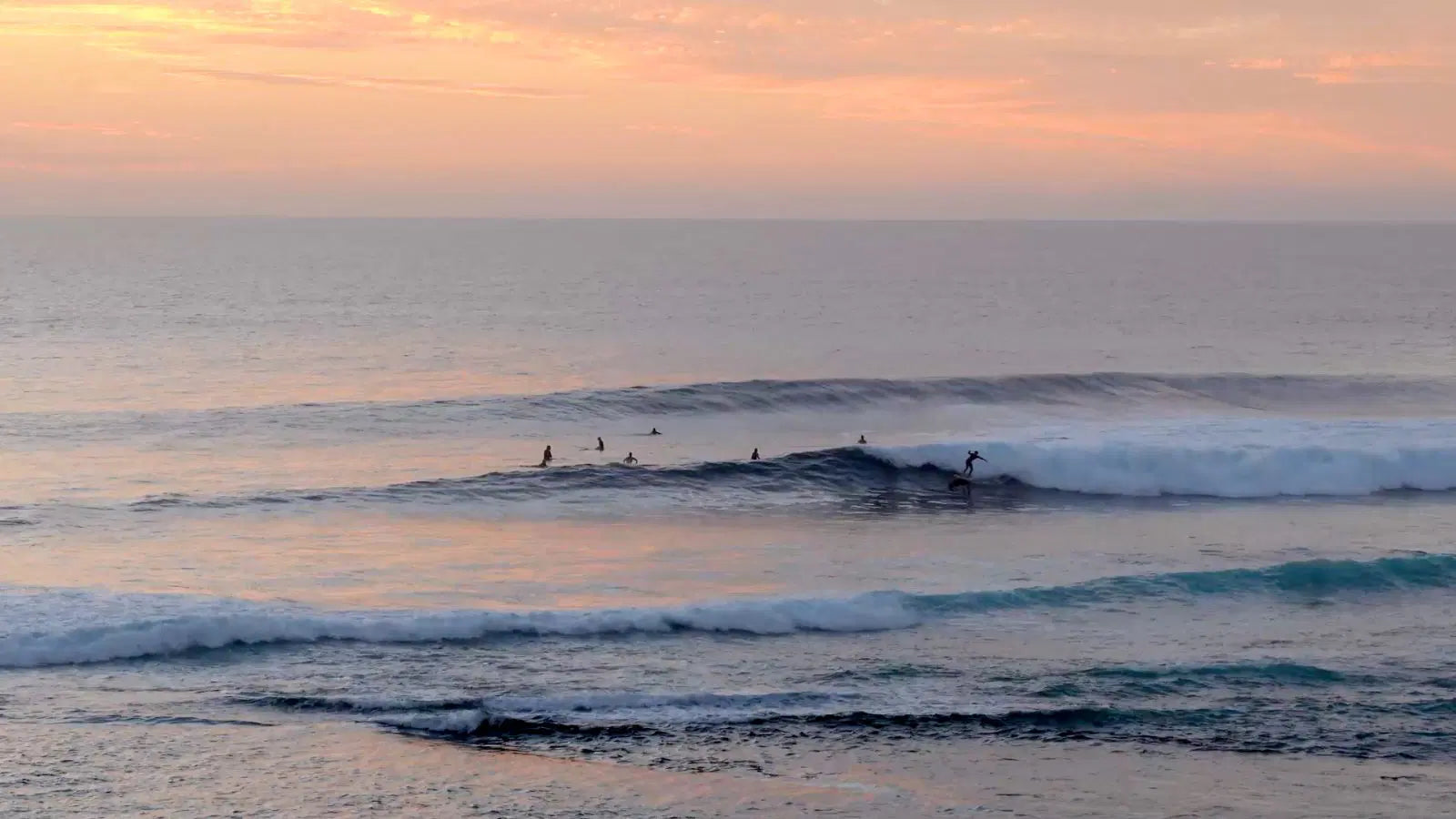Miniature green havens are popping up in cities all around the world, offering fresh air and a sanctuary for humans and wildlife.
What are pocket forests?
Pocket forests are compact green spaces designed to mimic the structure and biodiversity of natural forests. They are usually densely planted (3-5 plants per m2) in soil that has undergone remediation. These miniature ecosystems feature a variety of trees, shrubs and plants, creating a lush, vibrant environment in urban settings. They are also known as Miyawaki forests, named after their pioneer – Japanese botanist, Akira Miyawaki – and were designed as compressed forests for small areas.
Pocket forests are compact green spaces designed to mimic the structure and biodiversity of natural forests. They are usually densely planted (3-5 plants per m2) in soil that has undergone remediation. These miniature ecosystems feature a variety of trees, shrubs and plants, creating a lush, vibrant environment in urban settings. They are also known as Miyawaki forests, named after their pioneer – Japanese botanist, Akira Miyawaki – and were designed as compressed forests for small areas.
What are the benefits of pocket forests?
One of the primary benefits of pocket forests is their ability to improve air quality. As trees and plants absorb carbon dioxide and release oxygen through photosynthesis, these small green patches act as urban lungs, purifying the air and helping the offset the impacts of pollution. In a world where air quality is a growing concern, pocket forests provide a simple but effective solution – helping to provide clean, fresh air. Pocket forests also help to tackle climate and biodiversity issues.
One of the primary benefits of pocket forests is their ability to improve air quality. As trees and plants absorb carbon dioxide and release oxygen through photosynthesis, these small green patches act as urban lungs, purifying the air and helping the offset the impacts of pollution. In a world where air quality is a growing concern, pocket forests provide a simple but effective solution – helping to provide clean, fresh air. Pocket forests also help to tackle climate and biodiversity issues.
How do pocket forests benefit wildlife?
Pocket forests contribute to urban biodiversity by replicating the natural diversity found in traditional forests. These miniature ecosystems provide habitats for birds, insects and other wildlife. By utilising a variety of plant species they provide a healthy ecosystem, enhancing the overall resilience of urban environments.

📷 Natalia Paklina via Shutterstock
Pocket forests contribute to urban biodiversity by replicating the natural diversity found in traditional forests. These miniature ecosystems provide habitats for birds, insects and other wildlife. By utilising a variety of plant species they provide a healthy ecosystem, enhancing the overall resilience of urban environments.

📷 Natalia Paklina via Shutterstock
How do pocket forests benefit humans?
Apart from provide clean air and shade, pocket forests also offer a sense of community for city-dwelling adults and children. These green spaces can serve as gathering points for locals, providing a shared space for recreational activities, socialising and community events. Pocket forests can strengthen neighbourhoods, creating a shared sense of responsibility for the environment and promoting a more sustainable, eco-friendly way of life, in a similar way to community gardens and parks.
Apart from provide clean air and shade, pocket forests also offer a sense of community for city-dwelling adults and children. These green spaces can serve as gathering points for locals, providing a shared space for recreational activities, socialising and community events. Pocket forests can strengthen neighbourhoods, creating a shared sense of responsibility for the environment and promoting a more sustainable, eco-friendly way of life, in a similar way to community gardens and parks.
What size are pocket forests?
Pocket forests are typically planted on small parcels of land, around the size of a large car space or tennis court. In Ireland, Pocket Forests create microforests on land spaces between 6 and 50sqm. In WA in Australia, Pocket Forests WA is a dedicated science program that helps build microforests in schools, also using the Miyawaki method.
Are pocket forests easy to create?
While the concept of pocket forests is gaining momentum, creating one is not without its challenges. Limited space, soil quality and maintenance are among the hurdles faced in establishing and sustaining these miniature ecosystems. However, with innovative design and community involvement, these challenges can be overcome, paving the way for a greener and more sustainable urban future. There is an increasing number of individuals, small companies and government-based initiatives starting to crop up who can help with planning, implementing and funding pocket forests too.
Pocket forests are typically planted on small parcels of land, around the size of a large car space or tennis court. In Ireland, Pocket Forests create microforests on land spaces between 6 and 50sqm. In WA in Australia, Pocket Forests WA is a dedicated science program that helps build microforests in schools, also using the Miyawaki method.
Are pocket forests easy to create?
While the concept of pocket forests is gaining momentum, creating one is not without its challenges. Limited space, soil quality and maintenance are among the hurdles faced in establishing and sustaining these miniature ecosystems. However, with innovative design and community involvement, these challenges can be overcome, paving the way for a greener and more sustainable urban future. There is an increasing number of individuals, small companies and government-based initiatives starting to crop up who can help with planning, implementing and funding pocket forests too.




